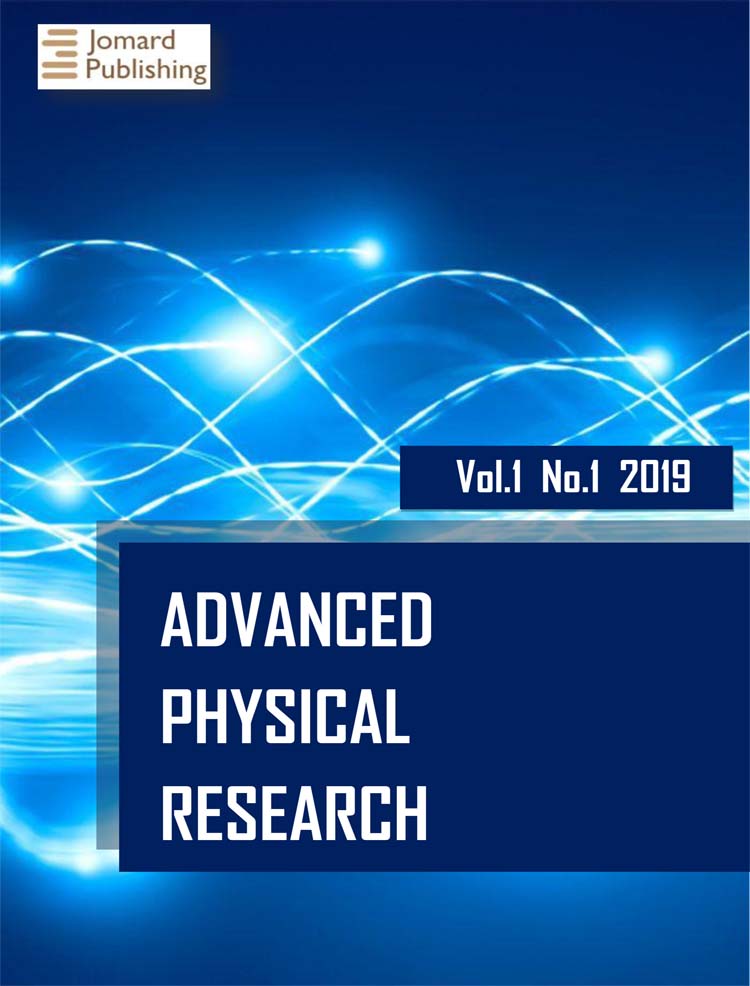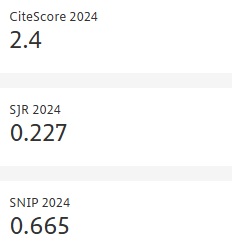Localized Plasmon-Polaritons in Multilayer Magnetoelectric Hyperbolic Metamaterials
- Published: 24-06-2025
Share
An effective method for evaluating both transverse and longitudinal permeability in multilayer metal-dielectric hyperbolic metamaterials is presented. These permeability values, combined with known permittivity components, are used to determine the conditions required for the excitation of localized plasmon-polaritons under both TE and TM polarizations. The influence of structural parameters and external factors on plasmon-polariton excitation is thoroughly examined. It is shown that TE-polarized plasmon-polaritons can only be excited under specific conditions, such as when a sufficiently high number of layers is used, and the incident angle exceeds 550. In contrast, TM-polarized plasmon-polaritons are found to exhibit broader excitation conditions, with multiple configurations and a wider range of wavelengths supporting their formation. These findings reveal that TM-polarized modes are more flexible, whereas TE-polarized modes require stricter structural and angular constraints. The importance of accurate permeability evaluation in predicting and controlling plasmonic behavior in these materials is emphasized, as even small changes in structural design or external conditions can strongly impact the excitation of plasmon-polaritons. These insights contribute to a deeper understanding of how structural and environmental factors affect plasmon-polariton behavior, providing a foundation for future advancements in metamaterials and plasmonic technologies.
- View 401
- Downloads 86
- Saveds 0
- Citations (Crossref) 0


